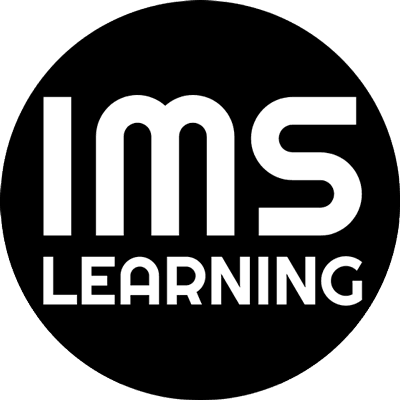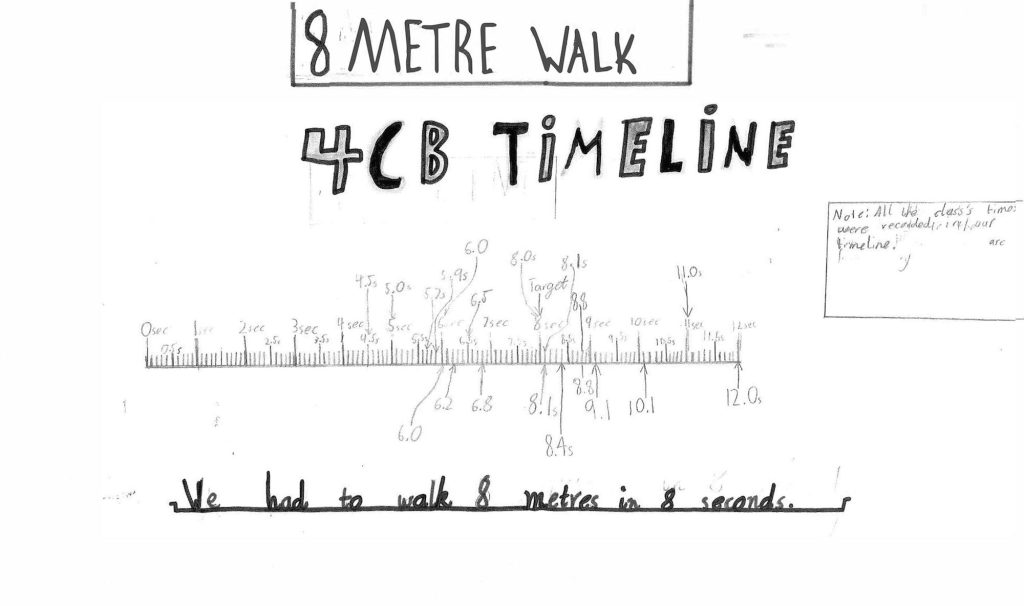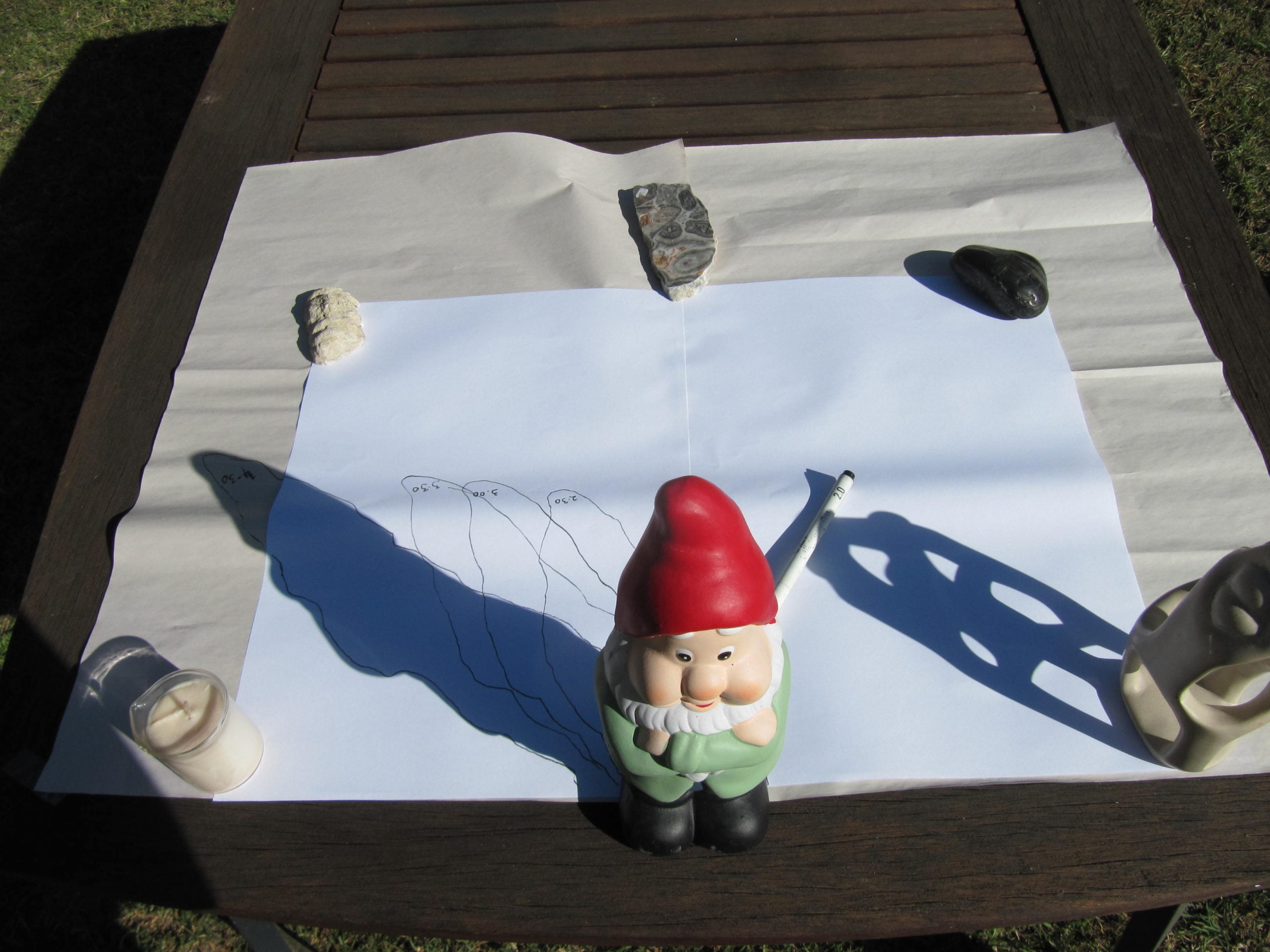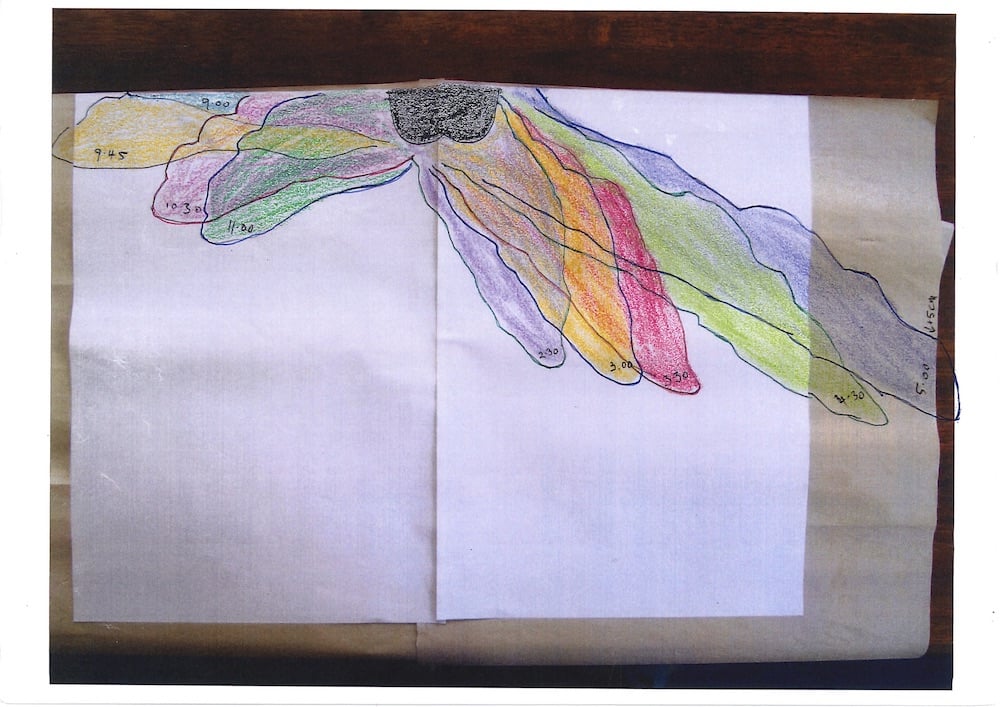Revision: October 2020
The Interdisciplinary Mathematics and Science Learning (IMS) project has created, over 2.5 years, 13 learning sequences and developed theoretical and practical perspectives that have been presented at a range of conferences, teacher workshops and in journal publications and book chapters.
The learning sequences, which exemplify the theoretical and practical outcomes of the project, are presented on this website.
The major research findings relate to:

- The development of a pedagogy based on the construction and collaborative refinement of representations, reflecting mathematics and science disciplinary epistemic processes
- The articulation of ways in which mathematics and science productively interrelate to support learning in each, across a range of topics, concepts and practices
- The nature and quality of student learning deriving from the approach
- Teachers’ responses to the approach – challenges, and enablers.
The IMS Pedagogy
The pedagogy developed through IMS, in collaboration with teachers, is represented in the figure below.

Linking Mathematics and Science
Building on previous work that productively linked science and mathematics, particularly that of Lehrer and Schauble, IMS has explored this interdisciplinary linking across a range of science topics and mathematical concepts and practices. The key principles are that a) the mathematics and science concepts and practices are mutually reinforcing, b) the interdisciplinary tasks lead to fresh learning in each subject, and not simply application of known procedures and concepts, and b) that the reasoning and learning in each subject reflects disciplinary knowledge building practices, involving the invention and guided refinement of representational systems.
The table below outlines the nature of the interdisciplinarity for different topics, concepts and practices. Details of the sequences can be found on this website.
| Year Level | Topic | Science | Mathematics |
|---|---|---|---|
| 1 | Astronomy: Day and Night | Shadows, sun movement, explaining day and night: modeling, earth and space perspectives. | Angle as rotation and length of shadow (formal and informal measures), graphing shadow length, time sequencing, perspective taking. |
| 1 | Ecology: What Lives Here? | Living things, diversity, distribution and adaptive features related to habitat. | Variation, data modeling of living things in sample plots, tables and graphs, space and mapping, measurement, area, coordinates, directionality, sampling, using a scale. |
| 2 | Chemical Science (Coming soon) | Dissolving and mixing, physical change, particle ideas, chemical reactions, change to materials in cooking. | Representing time sequences of mixing and dissolving under different conditions, timing cooking- measurement for cooking recipes: standard and informal units, fractions, proportion. |
| 2 | Fast Plant Growth | Plant growth, structure and function, growth needs and patterns, plant life cycles including germination, flower structures, fertilisation process. | Measurement of plant height, leaf size, shape and number, tracking growth over time, tables, line graphs, units (cm and mm- formal units), time intervals, using a scale. |
| 2 | Push and Pull: Paper Helicopters | Force: Flight and air flow, gravity, representing forces, modeling and design, variable control. | Measure of helicopter parameters, time, data variation, data modeling, number line. |
| 2 | Investigating Water Use | Personal use and conservation of water. | Estimation and measure of water use, informal and formal measures of volume. |
| 3 | Heat and Temperature | Heat sources and heat flow, temperature measurement, conduction, insulation and design. | Constructing a scale; relation between informal and formal measures, timing and sequencing trials, variation and representing data. |
| 4 | Motion (coming soon) | Representing speed, distance and time relations, constant speed, acceleration. | Embodied representation of relation between distance, time and speed, length measures, modeling variation, graphing speed, distance, time, distance-speed-time relations for motion down a ramp. |
| 5 | Chemical Science (coming soon) | Using particle ideas to explain melting, dissolving, evaporating, and material properties, consumer science, investigative design, analysis. | Measurement, quantification of observational data, data modeling, organising data using tables, volume/surface area ratio. |
| 5 | Light and Its Properties | Properties of light: Vision, reflection and image creation, refraction. | Angle, rotation, reflection, directionality, symmetry. |
| 5 | Investigating our Height: Body Maths | Height measure and variation, differences between populations. | Measurement (m and cm), data modeling, variation, measures of central tendency and of variation, comparison through graphs, categorising/ organising data, sampling. |
| 5 | Astronomy (coming soon) | Solar system, day and night, planetary features, moon movement and phases. | Conceptualising ratio of planetary size and distance, angle measurements for moon observations, compass points, tracking position over time, perspective taking from earth and space, representing cosmological distances: powers of ten. |
| 6 | Magic Microorganisms
(coming soon) | Structure and function of microorganisms; bacteria, fungi. Investigative skills. | Multiplication, ratio, area, measurement. |
Below, the experience from the first year is reported. It is broadly representative of the project experience and findings across 2018-2020. However, activity following 2020 Term 1 was interrupted by the COVID pandemic, and the team became involved in producing online content for some further units. These will not be reported on because of gaps in data.
During 2018 the IMS team worked with three schools in Melbourne and Geelong, with 12 teachers spread over classes at grades 1, 2/3 and 4. At each cohort level we worked with all teachers who collaborative planned with the research team and monitored and discussed approaches to teaching as they went along. As a research team we also visited regularly, videotaping classes, collecting student work, and interviewing and discussing next steps with the teachers.
During the year we produced lesson sequences in three distinct topics, with versions for each of the cohort levels. The topics were:
Modeling motion: Measurement of constant motion; representing relationships between distance, speed and time; motion down a ramp. The mathematics was concerned with data measurement and variation, and graphical representation and relationships. Coming soon.
Ecology: Living things in the schoolground: Investigating and counting living things in different parts of the schoolground. Sampling using plots in different habitats. Representing and comparing data for different organisms. Investigating and explaining variation. Animal adaptation. In the grade 1 classes this unit was linked to the PC schoolyard safari module. UPLOADED to this site now.
Astronomy: Tracking shadows over the day. Movement of the sun from an earth perspective. Day and night from a space perspective. Movement of shadows due to the earth’s rotation. The mathematics related to spatial reasoning; angle, rotation, length. UPLOADED to this site now.
Working with teachers: publishing the units
For each unit sequence the team initially produced a draft, linked to the curriculum, and then drew on the expertise of the teachers to refine the approach, for each year level. Teachers provided advice on how best to structure the teaching, so that for grades 1 and 4 although the shape of lessons was similar, they were different in the detail of what was covered and the pace. As the lessons proceeded teachers adapted the approach to their particular styles and to students’ learning needs.
Each year we will be producing the refined units, with student work and teacher comment on teaching strategies, for the resources section of the website.
Findings concerning teacher practice
Teachers have been generally very enthusiastic about the units regarding both the engagement of students, and their learning. Detailed findings over the three years of the project are being published in a series of conference papers and journal articles, but here we summarise an overview of teacher responses, from interviews, regarding the units:
- Teachers found that students looked forward to these lessons which involved active inquiry and creation and discussion of representations
- The lessons often took longer than expected because the open questioning approach and scaffolding of discussion around students’ ideas and productions took time. This was considered a really valuable part of the approach but needed to be accommodated time-wise.
- Teachers were also generally enthusiastic about the approach which involved targeted scaffolding and discussion of student productions – diagrams, maps, tallies, tables and graphs of different kinds, explanatory text – and they found that students (Grade 1 in particular) achieved an impressive level of competence in graphical representation in particular, during the motion and ecology units. They were impressed how in these comparative discussions of student work, children learnt from each other ‘more so than from me as a teacher’ – supported by careful guidance.
- They felt that the enhanced performance of children, in graphing for instance, was related to the fact that the graphical representation was of their own, real data and therefore had a purpose.
- Teachers came to understand and appreciate the links between the units in that they were centrally concerned with student invention of representations /models, and understanding of the purposes of modeling including graphical work.
- Teachers have talked often about learning the value of open questioning, and the power of the approach to stimulate and keep track of student ideas. The richness of discussion is related to this openness of approach.
Snapshot of student experience and learning in the 2018 sequences
Modeling motion
Students developed their skills in understanding the nature of motion and how to represent motion in different ways. Grade 4 children developed graphical modeling skills tracking the ability of the class to walk a constant rate over 8m, and testing whether a probot travels at constant speed.
Ecology of the schoolground
During the ecology unit Grade 1 students developed graphical ways of representing the count of different living things in their plot, and then graphed each particular species across the different habitats. Children developed their graphical skills considerably.
They developed a class chart that mapped their habitats onto a map of the schoolground, and displayed living things counts in each and commentary on how animals were adapted to

- Teachers at both schools noted that there were students, including EAL students and children with processing or learning difficulties, who achieved beyond their expectations within this unit.
- Teachers felt that the unit had deep learning and understanding outcomes.
- Year One students were increasingly confident with graphing at both schools.
- Students requested to show their work, with a clear sense of pride and increasing efficacy.
I wasn’t feeling good about what I was doing. I didn’t know what I was doing, now I do. I know how to do a clear graph; can I show you?
Example of student dialogue
Example of change for one student:
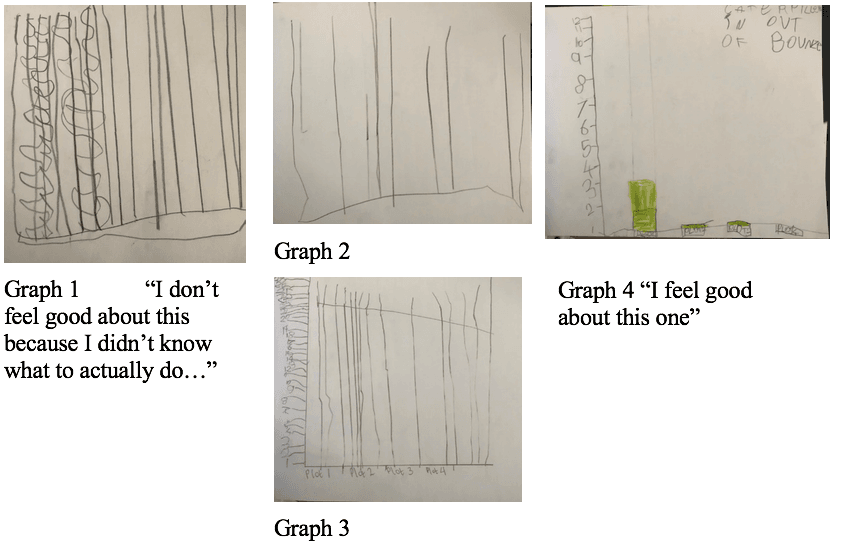
Grade 1 graphs:
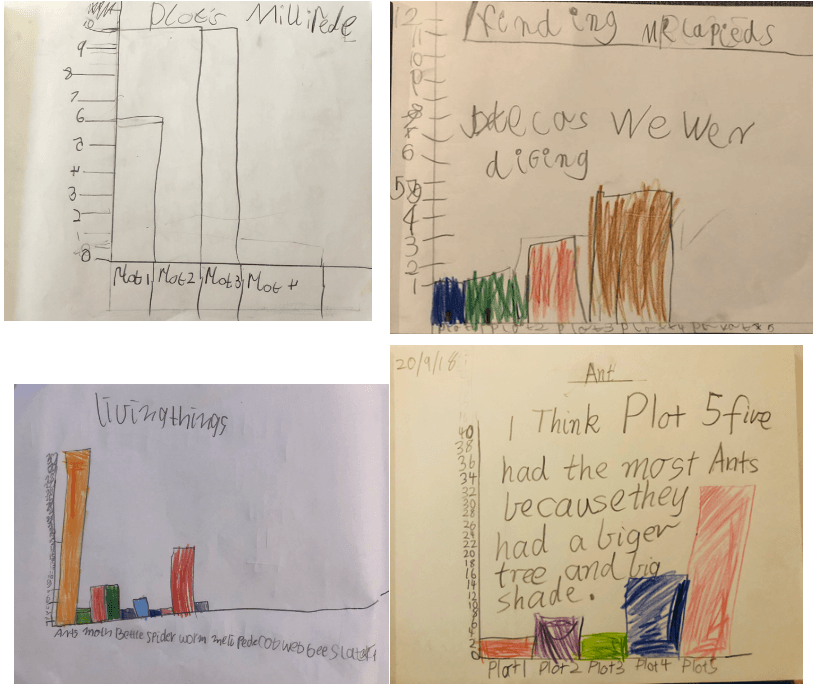
Astronomy
Students spent a day tracking their shadows on the asphalt using a chalk outline, linking this to the apparent movement of the sun in sky – rotation and angle, and linking the sun’s position with the position of the shadow. The changing length of shadows was tracked by a variety of means. A gnome was placed in the yard and it’s shadow traced on poster paper at regular intervals, giving a sense of the continuous change in length and directions. This could then be used in the classroom to model the change in the sun’s position using a torch, and to show how the same results could be had if the earth (poster paper) moved and the sun (torch) remained still.
A presentation of the earth’s rotation using video animation was shown and children played with globes and torches to model their shadow results.
- Children achieved a confident sense of the spatial relation of their shadow movement to the sun’s movement in the sky
- They were confident to describe night and day as being caused by the earth’s rotation. For the grade 1 children the link between shadows and the globe’s movement was difficult to comprehend. Grade 4 children were much more ready to apprehend these relations.
- The pre-post test showed significant learning gains for the Grade 1 students. The Grade 4 students had strong pre-test results so the growth was not as clear.
